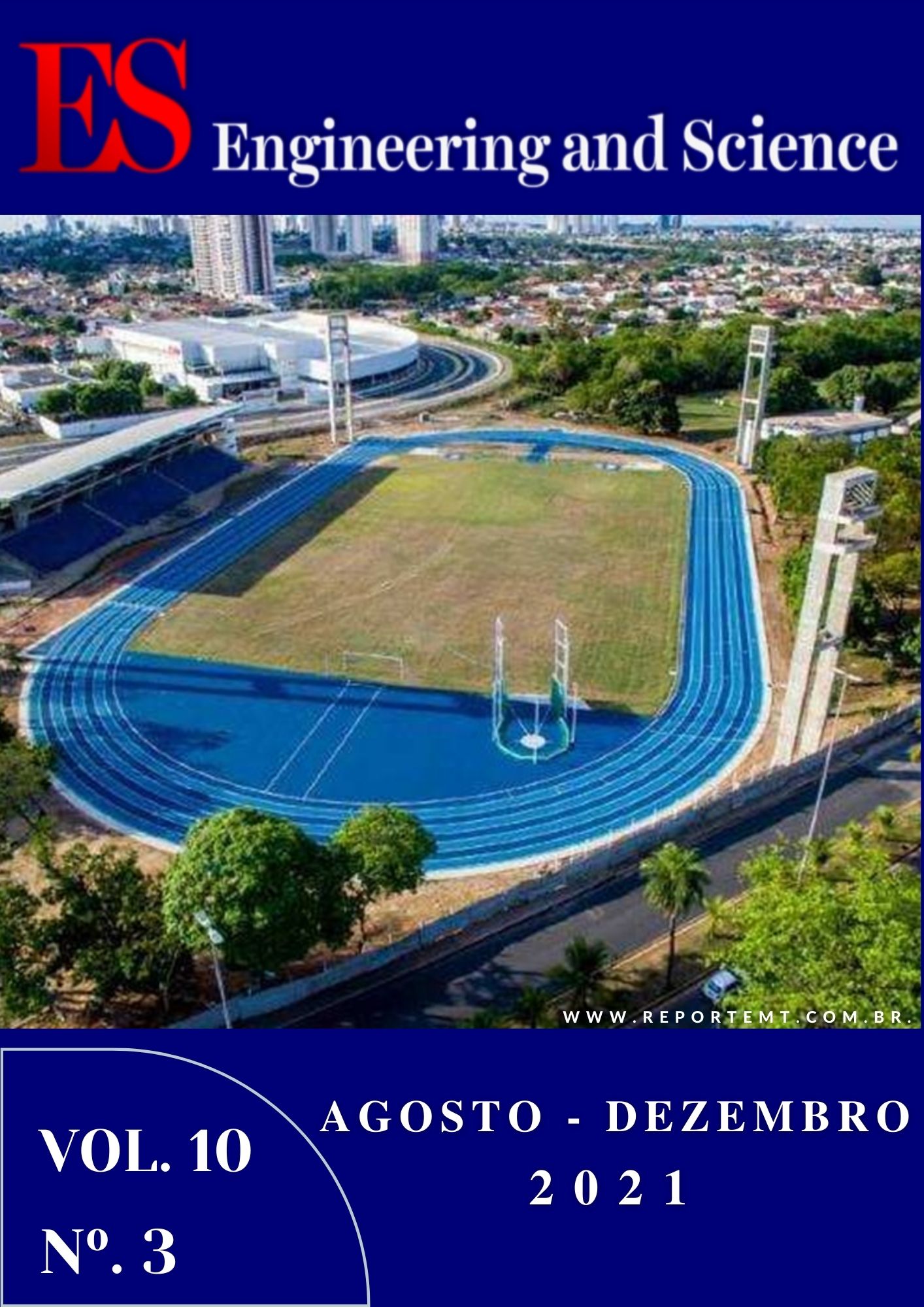Desmatamento em assentamentos da reforma agrária em Minas Gerais – Brasil.
DOI:
https://doi.org/10.18607/ES20211012819Resumo
Os assentamentos da reforma agrária são criados como alternativa para a desconcentração fundiária visando a sustentabilidade socioeconômica e ambiental no meio rural, a partir da desapropriação de áreas improdutivas ou que não cumprem sua função social. Nesse processo, são passíveis de serem destinadas à reforma agrária, áreas com passivos ambientais, o que se traduz em um desafio para o desenvolvimento e a gestão ambiental dos assentamentos rurais, que devem se adequar às normativas do uso do solo. Este artigo tem como objetivo analisar o desmatamento em assentamentos rurais da reforma agrária no estado de Minas Gerais, abordando as áreas de reservas legais previstas antes e depois de 22 de julho de 2008, marco temporal da implantação do Código Florestal Brasileiro. A amostra constitui-se em 31 assentamentos rurais distribuídos em cinco mesorregiões do Estado de Minas Gerais, totalizando 1288 lotes. Os dados foram coletados no âmbito do Projeto RADIS/UFMT, a partir das vetorizações, realizadas com base nas imagens de satélites de 2008 e 2016, obtendo-se o mapeamento comparativo antes e depois do referido marco temporal. Os resultados revelam que os assentamentos pesquisados possuem passivo ambiental antes do marco do Código Florestal e, que após este, não se verifica desmatamento nos lotes. Sendo a recomposição florestal ocorrida antes do marco temporal de responsabilidade do poder público, em se tratando da reforma agrária, conclui-se que se faz necessária a efetiva implementação do Cadastro Ambiental Rural (CAR), como mecanismo para viabilizar a recomposição das áreas desmatadas e recuperação do passivo ambiental.
Downloads
Publicado
Versões
- 2022-03-29 (2)
- 2021-12-16 (1)
Edição
Seção
Como Citar
Licença
Copyright (c) 2021 Luciane Cleonice Durante, Paulo César Venere, Giseli Dalla Nora, Onélia Carmem Rossetto, Olivan da Silva Rabelo, Raoni Florentino da Silva Teixeira.

Este trabalho está licenciado sob uma licença Creative Commons Attribution 4.0 International License.
Todos os direitos autorais devem ser cedidos a Universidade Federal de Mato Grosso.




















